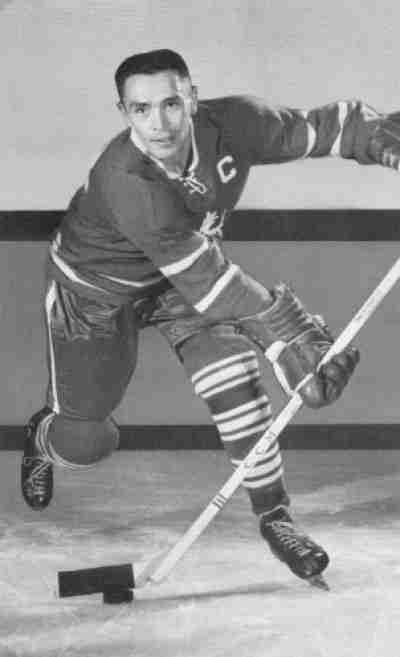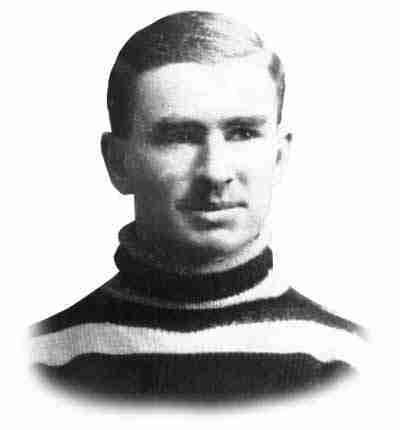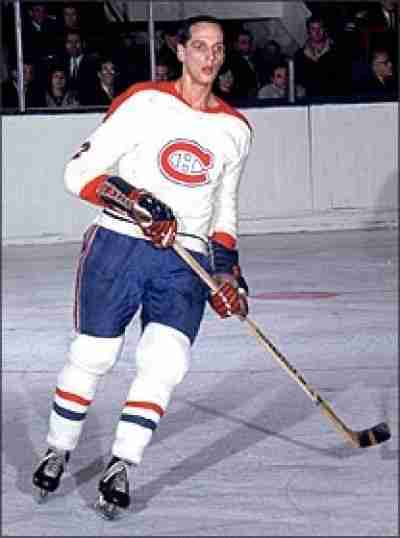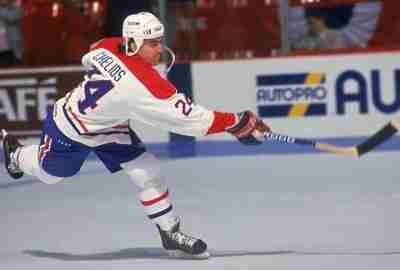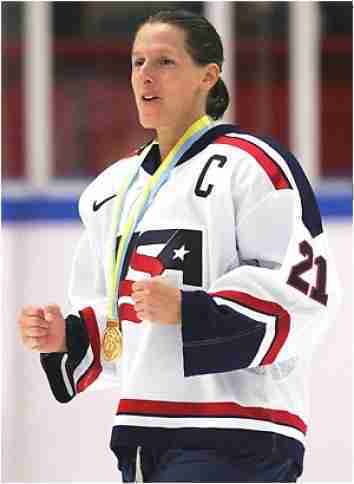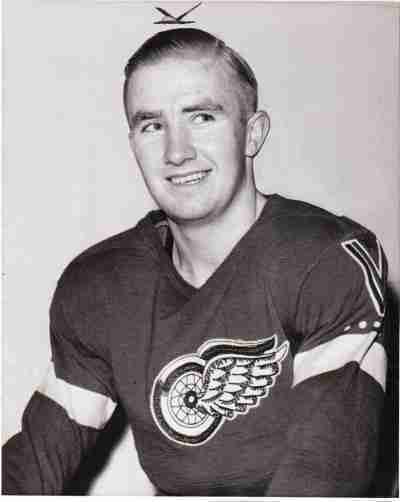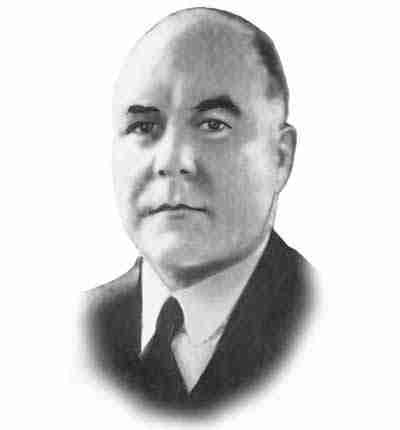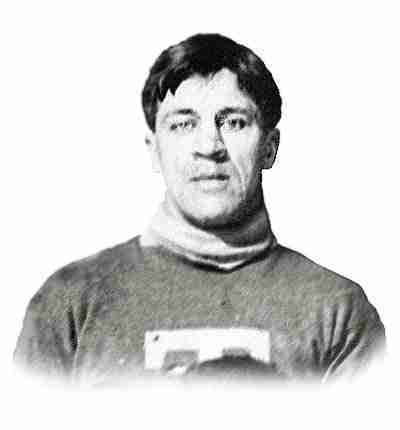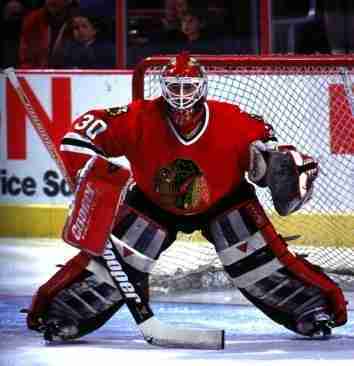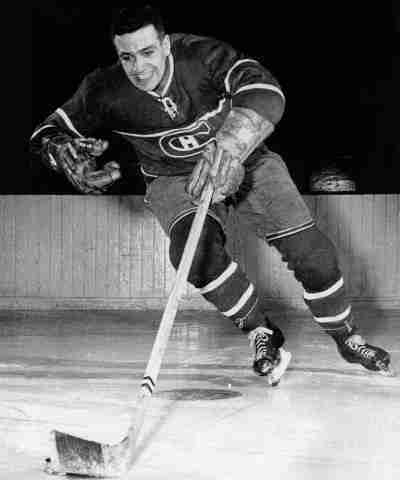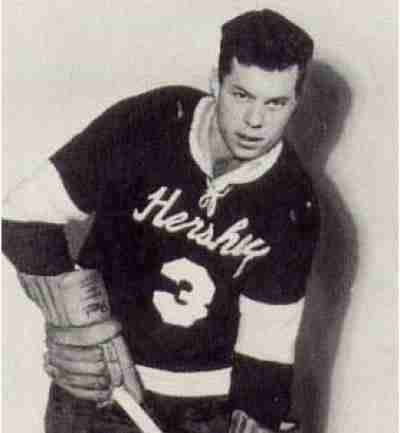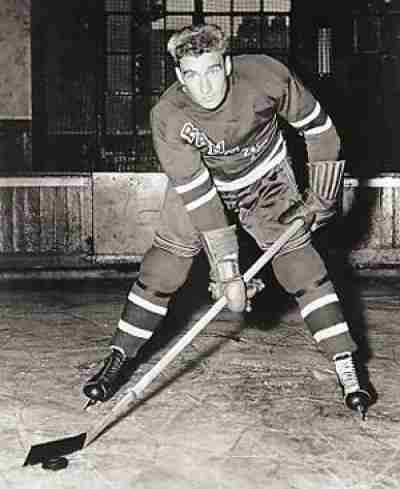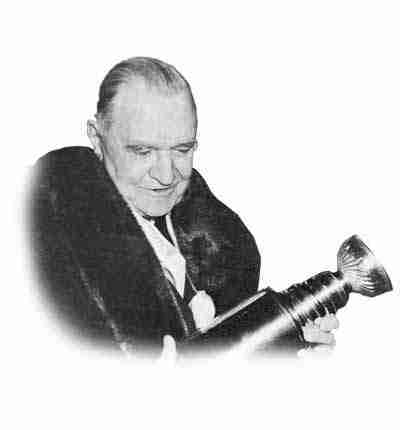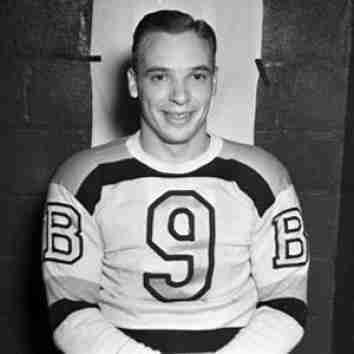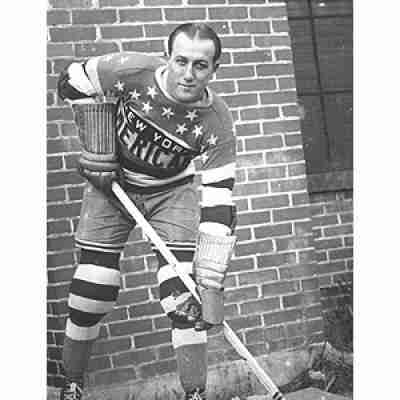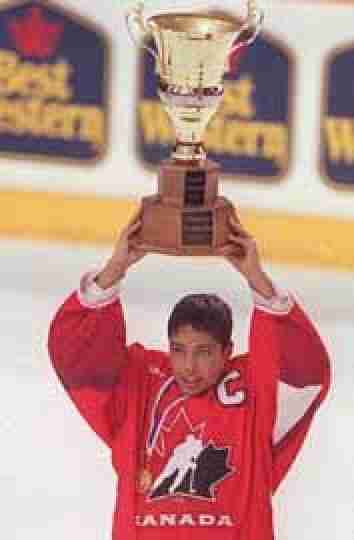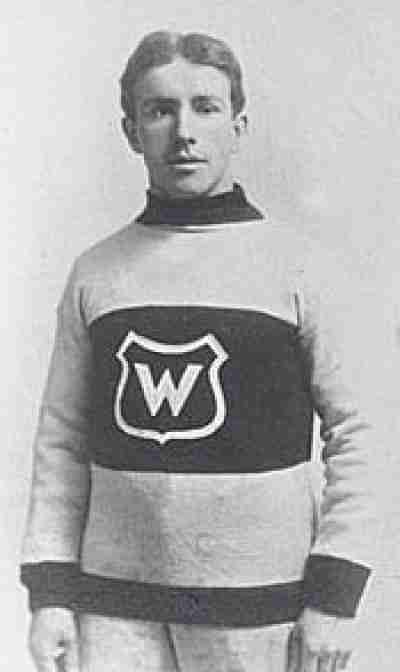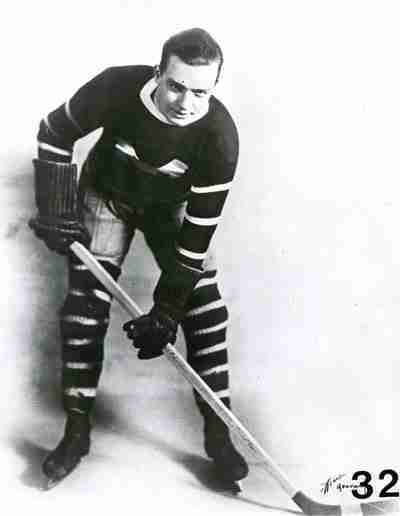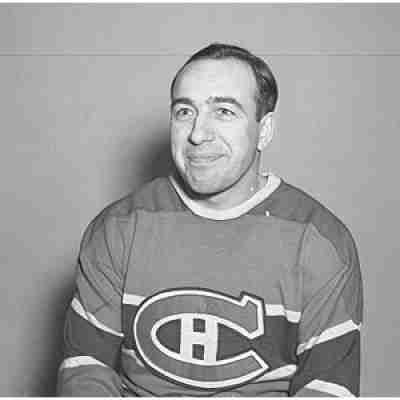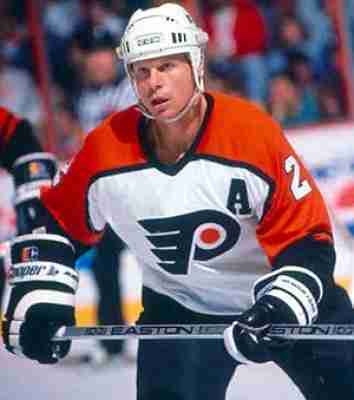Current Hockey Hall of Fame Inductees (383)
Outside of the province of Ontario, how many people are aware of the city of Kingston? Let’s take that a step further. How many outside of Canada know about this place? We will wager that it isn’t a lot, and those that answer that they heard of it, probably are thinking of the version in Jamaica instead. Now had this city on the Northeastern corner of Lake Ontario remained the home of the Hockey Hall of Fame would it have developed a bit of an international flair or enhanced reputation? Maybe it would have been more of a staple of “Canadiana”, as Kingston is the home of the First Canadian Prime Minister, and the unofficial band of Canada, The Tragically Hip. Stands to reason that it would have been a great fit for the unofficial sport of Canada (it is actually lacrosse) and the official passion of the country.With the launch of the Baseball Hall of Fame, the sport of hockey looked to follow suit. Its biggest league, The National Hockey League had a core of seven teams (which was pared down to six in 1942, when the New York Americans suspended operations) was a healthy organization, and though it was only relevant in cold weather climates, it was a sport that already had a long history, and the coveted Stanley Cup; which was then (and still is) the most impressive trophy in the entire sporting world.
The biggest proponent of an institution recognizing hockey excellence was a Canadian named James T. Sutherland. Born in 1870 (in Kingston naturally), Sutherland played as much hockey as he could and was a member of the Athletic Club of Kingston which was part of what was believed to be the first organized league the sport had. He would later form the Kingston Frontenacs, who would participate in the Ontario Hockey Association and would eventually become the Leagues president. Captain Sutherland (a rank he would achieve serving for Canada in World War I) would create the Memorial Cup; a trophy honoring those who fought in the Great War and to be given to the top Junior team in Canada. Incidentally, this is still the same trophy given to the team that wins the post season tournament in the Juniors in Canada.
Once the National Hockey League and the Canadian Amateur Hockey Association agreed to mutually put together a Hall, Sutherland (who had also served as the President of the CAHA) fought for Kingston to be its home. It was not just because he was a native of the city, but because he legitimately believed that Kingston was the rightful birth of modern hockey (which is near impossible to prove). Regardless of where hockey began, Kingston was to be pegged as its home.
Although construction had yet to begin on the facility, the first class was selected in 1945 which inducted nine players. It also had a “Builders” category which honored those who helped develop the game. As we look at those who are inducted to this institution, we will do so chronologically. Let’s take a ride on Hockey’s highway shall we?
With all due respect to George Armstrong, the Hockey Hall of Fame may not be the right place for him. It was not that Armstrong wasn’t a good player; he was a multi time All Star game participant who spend his long career as a member of the Toronto Maple Leafs who won four Stanley Cups. Although he played in multiple All Star Games, the…
The foundation of what may have been hockey’s first dynasty, Frank McGee led the Ottawa Silver Seven to the Stanley Cup multiple times in the early 1900’s. McGee, who had only one eye, was a natural sniper and easily the best of his day. He was always the leading scorer for his squad, and one time scored eight goals in nine minutes in a game. McGee…
Another key part of the Montreal Canadians dynasty of the 60’s, Jacques Laperriere brought a stable presence on the Habs blue line. He was a player who rarely made mistakes and was able to position himself perfectly to stifle attackers and strip them of the puck. He was not a goal scorer, but had respectable assist totals and was the ignition for many counter attacks.…
A rough and tumble defenceman, Chris Chelios did it all in the NHL. He won the Stanley Cup three times, won the Norris Trophy three times as the league’s top blueliner and was a post season All Star seven times. Chelios was easily the headliner for the Class of 2013 and one of the best ever American born players regardless of position.
Angela James justifiably was the first Canadian woman to enter the Hockey Hall of Fame and IIHF Hall of Fame. Cammi Granato entered at the same time in both Halls at James, and deserved to be the first American woman to do so.
An excellent two way Defenceman, Bill Quackenbush was one of the most disciplined players in the National Hockey League. Quackenbush rarely made mistakes on the ice. This was not just shown by his acumen with the puck, but his ability to stay out of the penalty box. He would become the first Defenceman to win the Lady Byng Trophy in a season in which he received…
A hockey enthusiast from a very wealthy family, James E. Norris attempted to put a second team in Chicago but after that failed he bought the Detroit Falcons and rechristened them the Red Wings and turned that team into a National Hockey League power. This was at an essential time as the strength of that club countered the folding of franchises in Ottawa and Montreal (Maroons),…
An amazing all around athlete (he excelled in multiple sports); Jack Marshall was practically married to the Stanley Cup. He remains the only player in the history of the game to win the Cup with four different teams, and was a solid contributor to all of them. His consistent goal scoring was always valued and it is a little curious why he was not inducted a…
Ed Belfour’s first full season in the National Hockey League was a stellar one as he won the Calder, the Vezina, the William M. Jennings and was a First Team All Star. From that point on, Belfour was considered one of the top Goalies in professional hockey, and though he may not have had a season as good as first, he would have a lot…
Named “Boom Boom” for his powerful shot and feisty temperament, Bernie Geoffrion, was a Hall of Fame Right Winger who always seemed to be in the shadow of others while playing for the Montreal Canadians. Nowhere could that statement be more accurate when looking at one of Geoffrion’s first scoring title, whereby his own fans booed him when he passed teammate Maurice “Rocket” Richard when…
With only a 23 game NHL career as a player with the Toronto Maple Leafs, Frank Mathers may not have had a stellar career in the National Hockey League, but was a “Crash Davis” type of player in the AHL. Mathers was a five time All Star there and retired as the all-time leading AHL scorer for Defencemen. In total, Mathers won a total of…
The first player to be named to a post season All Star team in two positions (first as a Centre, then at Defence) Neil Colville just looked comfortable regardless of his position on the ice. He came up with the New York Rangers (where he would spend his entire pro career) and he would soon centre the “Bread Line” which was consisted of his brother Mac…
Considered one of the game’s early promoters, Ambrose O’Brien was actually a decent player himself. With his playing days over, O’Brien did his best to get his beloved town of Renfrew into the Eastern Canada Amateur Hockey Association. When that failed, he essentially started up a rival National Hockey Association which had an immediate impact. Perhaps more importantly, he founded the Montreal Canadians which would become…
The final entrant in the Hockey Hall of Fame’s Veteran’s Category, Roy Conacher won the Art Ross Trophy in 1949. Conacher was seemingly born to score, as he led the NHL in goals in his rookie year, and would finish second four other times. He was part of two Stanley Cup wins in Boston and like so many others, had his prime taken away by…
The first Russian born player in the National Hockey League, Sweeney Schriner was a lot more than the answer to that trivia question. Schriner was only in “Mother Russia” for the first month in his life, and for all intensive purposes was like any other Canadian kid obsessed with Hockey. Schriner made an immediate impact in the pro ranks winning the Calder Trophy and leading the…
Angela James was considered to be the first great player in women’s hockey. She dominated every level she competed in and was easily the top female in the sport for years. Once the sport had a sanctioned tournament in the IIHF, James again was the dominant player, leading Canada to Gold in the first four World Championships; all of which were finals against the United…
Another one of the game’s early heroes, Harry Hyland was a very good scorer and had his best efforts with the Montreal Wanderers. Hyland was a very good goal scorer (he once scored eight goals in a game) and was one of the better players for the Montreal Wanderers, but was he a Hall of Famer? Frankly, we have our doubts.
The man nicknamed “Old Poison” (and isn’t that one of the coolest nicknames you ever heard), retired as the NHL’s leading goal scorer in 1940 and held that status for twelve years. Nels Stewart was not just a great scorer, but an overall talented tough guy who was a physical presence everywhere on the ice. Stewart won the Hart Trophy twice as the league’s Most Valuable…
Considered a legend in coaching, it is forgotten just how good a Hockey player that Toe Blake was. He broke in with the Montreal Maroons, but after only playing a handful of games there, he joined the cross town Montreal Canadians and slowly worked his way up the ladder to stardom. Toe’s skills improved and he was rewarded with the Hart Trophy in 1939 and that…
A top forward in the WHA, Mark Howe (along with his father, Gordie) took the Houston Aeros to a pair of Avco Cup wins in the 1970’s. As he moved to New England, and later joined the NHL with the Whalers, Mark Howe emerged as one of the game’s top defenseman, who was a power play anchor and gifted two way player. It took him…


